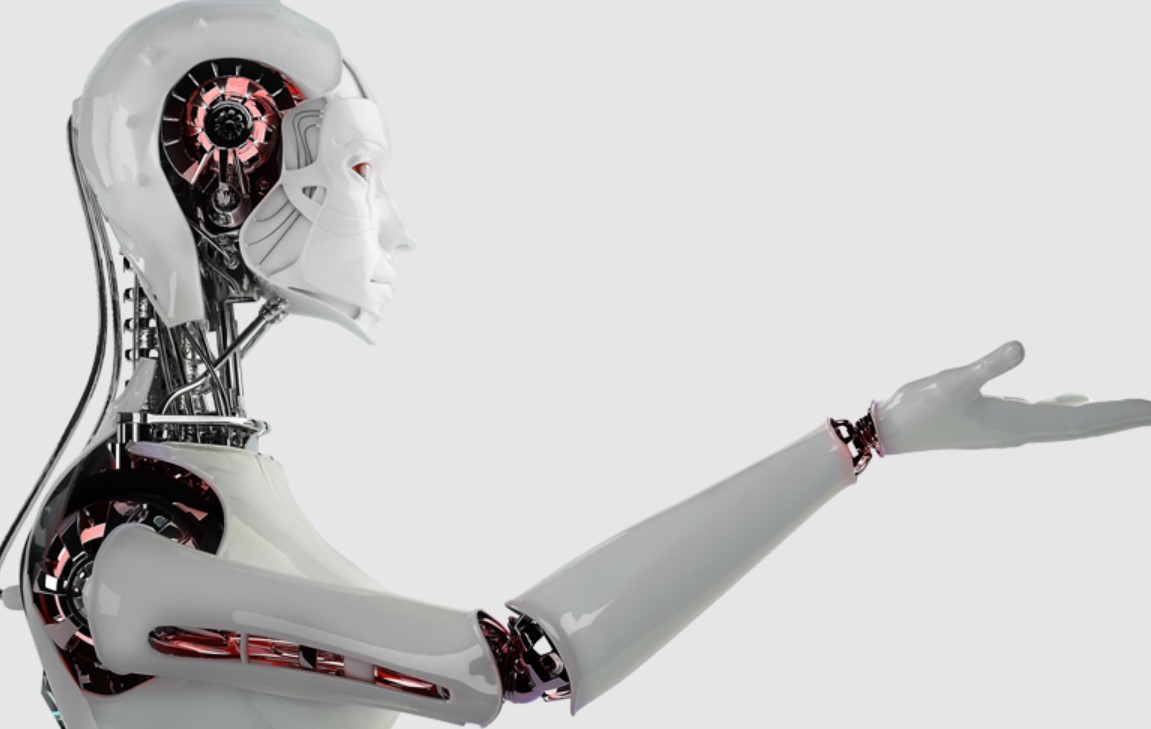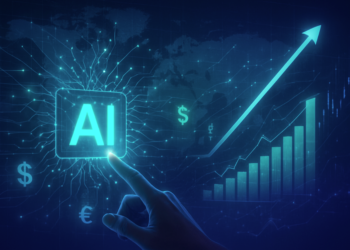The global robotics market is heading toward a $130 billion boom by 2035, and three of the biggest names in technology already hold the keys to its most critical infrastructure.
Robots move from hype to hard numbers
For years, Wall Street focused on chatbots and virtual assistants. Now the attention is shifting to machines that perform physical work — picking packages, welding car parts, moving heavy inventory. Goldman Sachs recently tripled its forecast for humanoid robots to $38 billion by 2035, while industrial robotics could climb to $94 billion. That combined $130 billion figure highlights the scale of a transformation that is just beginning.
What changed is cost. Thanks to new AI foundation models, training robots has become ten times cheaper than in the past. That drop makes it possible to expand robots from experimental labs to factory floors, warehouses, and even restaurants.

Tesla bets big on humanoid robots
Tesla is making one of the boldest wagers in this sector with its Optimus humanoid. The company is targeting a production cost between $20,000 and $30,000, far below rivals such as Boston Dynamics and Figure, where price tags can exceed $100,000. If Tesla can mass produce Optimus at this price, humanoids would shift from rare investments to everyday operating tools.
So far, execution has lagged behind Elon Musk’s ambitious timeline. Tesla delivered only a few hundred units in 2025, compared with a goal of 5,000. Leadership changes in its robotics division have also raised questions about how quickly the company can scale. Yet Musk continues to claim Optimus could eventually account for 80 percent of Tesla’s value.
Tesla has unique advantages that make the gamble more credible. Its electric vehicle batteries can be repurposed to power humanoids, its self-driving neural networks can guide robots, and its factories are already set up to manufacture at scale. Even a small breakthrough in Optimus adoption could push Tesla’s business beyond cars, creating a second growth engine for the trillion-dollar company.
Amazon scales robotics in warehouses
While Tesla is chasing humanoids, Amazon already runs the world’s largest robotic workforce. More than one million robots are active inside its fulfillment centers, handling billions of packages every year. These machines are not prototypes but production systems deployed at industrial scale.
Amazon’s robotic fleet includes Hercules, which can lift 1,250 pounds, and Proteus, which can navigate safely among human workers. Earlier this year, the company rolled out DeepFleet, a system that improved robot travel efficiency by roughly 10 percent. That may sound small, but across millions of trips per day, it translates into major cost savings.
The integration is not just about volume. New facilities designed for heavy automation now operate with far more robots than older sites, yet they also employ more technicians in maintenance and reliability roles. Amazon’s model shows automation can shift work instead of erasing it, while boosting throughput and lowering costs.
Competitors often showcase flashy demos. Amazon embeds robotics into daily operations, creating an efficiency flywheel that strengthens its retail and logistics edge year after year.
Nvidia powers the robotics brain
Unlike Tesla and Amazon, Nvidia does not build robots. It builds the chips and software that make them intelligent. Its Isaac GR00T foundation model is used to train humanoid robots, while Isaac Lab and Sim provide virtual environments where developers can test designs. Jetson Thor chips then deliver the computing power to robots on the edge, enabling them to process data in real time.
This platform has quickly become the default toolkit for robotics startups and established players alike, including Boston Dynamics and Agility. The strategy mirrors how Nvidia captured the AI training market with CUDA software: create indispensable tools and let hardware demand follow.
By owning the brain and the pipeline, Nvidia ensures it benefits no matter which robot design comes out on top. With a market value of more than $4 trillion, the company already trades at about 50 times earnings. Yet if robotics adoption grows into the trillion-dollar economy some analysts predict, Nvidia’s platform could secure a steady share of that growth.
Where the robotics wave goes next
The robotics race is still in its early innings. Tesla is working to prove its humanoids can function beyond demos. Amazon continues to refine large-scale warehouse automation. Nvidia is cementing itself as the core software and chip provider. Each company plays a different role, but together they define the foundation of the next generation of physical AI.
For investors, the stakes are high. A $130 billion market by 2035 is large enough to reshape industries from logistics to manufacturing, and the companies that control the infrastructure today could capture outsized gains tomorrow.
The story is no longer about chatbots. It is about machines that can move, lift, and build. The technology is real, the money is flowing, and the scale is accelerating. What remains to be seen is how quickly the promise of humanoids and industrial robots can translate into widespread adoption.
The robotics revolution is happening now, and the question is not whether it arrives, but who will own the future of it. What do you think? Will Tesla’s humanoid bet, Amazon’s warehouse edge, or Nvidia’s platform lead the charge? Share your thoughts with friends and join the debate.
































